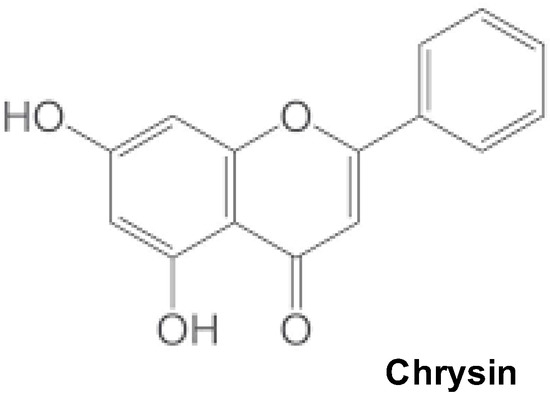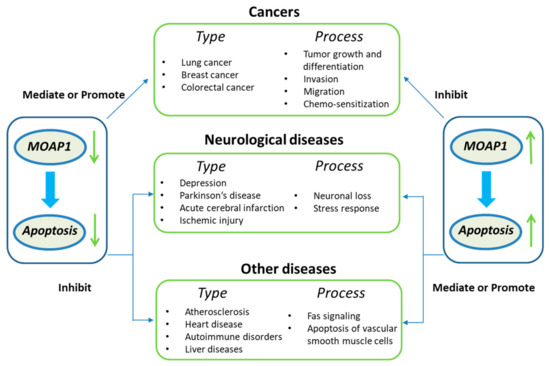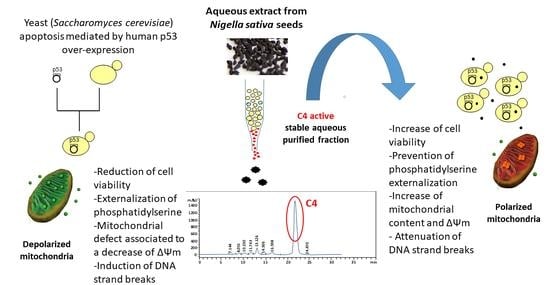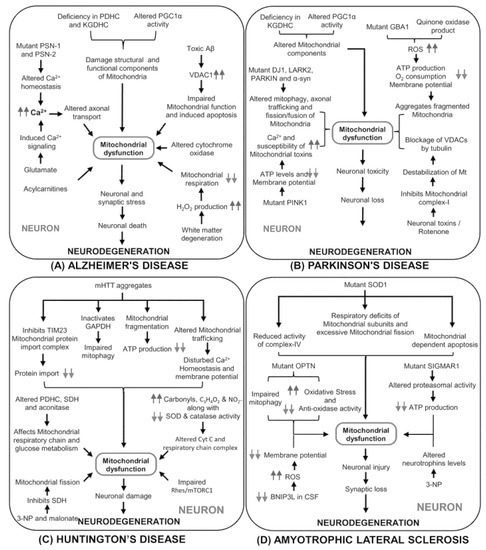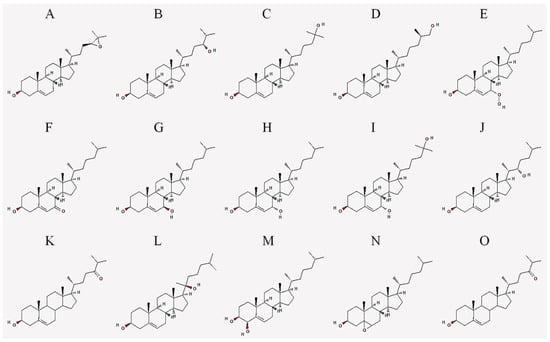Rejuvenating, Geroprotective and Cytoprotective Activities of Natural and Synthetic Compounds: Proofs of Concept, Associated Mechanisms and Applications
A topical collection in Cells (ISSN 2073-4409). This collection belongs to the section "Cell Signaling".
Viewed by 17244Editors
Interests: lipids; oxysterols; fatty acids; polyphenols; oils; oxidation; inflammation; mitochondria; peroxisomes; lysosomes; apoptosis; autophagy; natural products; synthethic molecules; biomarkers; neurodegeneration; neurodegenerative diseases; aging; age-related diseases; nanoparticles; targeted therapy
Special Issues, Collections and Topics in MDPI journals
Interests: lipid metabolism; inflammation; oxidative stress; aging; age-related diseases; biomarker
Special Issues, Collections and Topics in MDPI journals
Topical Collection Information
Dear Colleagues,
Societal changes lead to more and more interest in natural or synthetic molecules in order to consider healthy aging. In this context, it is becoming increasingly interesting to identify molecules that are capable of either promoting rejuvenation, preventing aging, or protecting against exogenous or endogenous cytotoxic compounds. The identification of such molecules is made possible through various studies on humans, animals or cells. It is important to know the possible target genes of these molecules and the relevant signaling pathways to lead to applications that improve human health. In this context, the proposed articles will refer to molecules evaluated in humans, animals or cellular models with rejuvenating, geroprotective or cytoprotective effects.
Prof. Gérard Lizard
Prof. Guiseppe Poli
Prof. Mohamed Hammami
Dr. Amira Zarrouk
Collection Editors
Manuscript Submission Information
Manuscripts should be submitted online at www.mdpi.com by registering and logging in to this website. Once you are registered, click here to go to the submission form. Manuscripts can be submitted until the deadline. All submissions that pass pre-check are peer-reviewed. Accepted papers will be published continuously in the journal (as soon as accepted) and will be listed together on the collection website. Research articles, review articles as well as short communications are invited. For planned papers, a title and short abstract (about 100 words) can be sent to the Editorial Office for announcement on this website.
Submitted manuscripts should not have been published previously, nor be under consideration for publication elsewhere (except conference proceedings papers). All manuscripts are thoroughly refereed through a single-blind peer-review process. A guide for authors and other relevant information for submission of manuscripts is available on the Instructions for Authors page. Cells is an international peer-reviewed open access semimonthly journal published by MDPI.
Please visit the Instructions for Authors page before submitting a manuscript. The Article Processing Charge (APC) for publication in this open access journal is 2700 CHF (Swiss Francs). Submitted papers should be well formatted and use good English. Authors may use MDPI's English editing service prior to publication or during author revisions.
Keywords
- rejuvenation
- geroprotection
- cytoprotection
- natural products
- synthetic molecules
- signaling pathways








